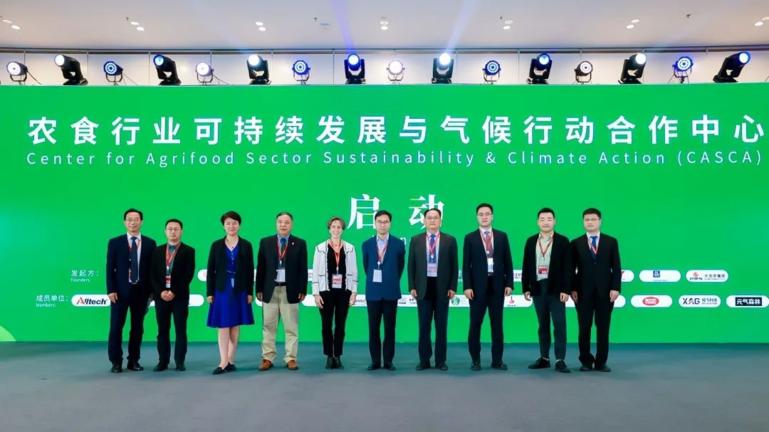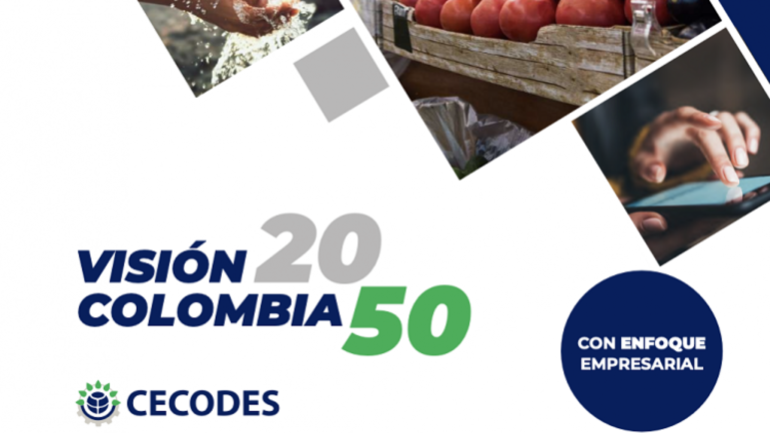WBCSD recently launched Vision 2050: Time to Transform – a framework for business action in line with urgency of the challenges we face as a global society. It’s been a huge joint effort, and we’d like to thank the leading group of companies that made it possible, the hundreds of individual contributors from our members’ companies, our global network and our partner organizations, who have all given their time and expertise over the last two years.
You’ll see throughout our report that the dominant theme is “we can”. We can transform our businesses and societies for the better, but we have to act faster. Vision 2050: Time to Transform provides business with comprehensive practical guidance on what it will take to bring about the kinds of transformations needed if 9+ billion people are going to live well, within planetary boundaries, by 2050.
The report shows where we can (and must) take action in order to bring about positive change, and the massive opportunities that a more sustainable future holds. Ultimately, Vision 2050 is about helping companies to run themselves prosperously and well – well into the future.
Vision 2050’s value comes not just from its comprehensive approach, but from its focus on the actions that need to be taken, and the transitions that we need to work toward. It sets out what a transformation agenda looks like in practice. The value is therefore very much in the detail.
Throughout the rest of the year, the WBCSD leadership team will be digging into the various components of Vision 2050’s framework, and sharing some of the rich detail within it to help companies understand the action that they can take today.
We’ll begin with a look at what we are aiming for – first examining what it means to live well, and then detailing what it means to live within planetary boundaries. Achieving these core components of our Vision is vital for business – long-term success depends on thriving societies to trade with, and a healthy planet for us to exist on.
At the heart of Vision 2050 are nine transformation pathways covering the areas of business activity that are essential to society. These pathways lay out the core transformations and collaborations that business can help to drive, and that are essential for change. Covering societal needs such as Energy, Living Spaces and Food, each pathway encapsulates a vision of a key societal need that we can meet by 2050, a series of transitions critical to achieving each vision, and action areas for business to focus on over the next ten years. We’ll take you through these in more detail in upcoming posts and show you how WBCSD and other organizations can help you to drive progress around these critical action areas.
Vision 2050 also acknowledges that knowing what action needs to be taken isn’t enough on its own. Taking action is dependent on critical strategic mindset shifts – toward building long-term resilience, taking a regenerative approach to business, and ultimately reinventing capitalism itself to reward true value creation, not value extraction. We’ll tell you more about the importance of these mindset shifts in future posts too, including how they have already begun, and how the COVID-19 pandemic is accelerating them.
So, a rich and rewarding diet of Vision 2050 to look forward to over the rest of 2021! Of course, you can start to explore the report right now on our website. Our Vision remains within reach, but the window of opportunity for action is rapidly closing. And while we recognize the essential role that governments, civil society and the public will play in driving progress toward our vision, it’s clear that multinational corporations have a unique ability and obligation to lead the transformations required.
The global business community has the power to turn this Vision into reality. We can do it – and throughout the remaining months of 2021, we’ll be showing you how. We look forward to inspiring you and working with you – it’s time to transform.
Julian Hill-Landolt is Director, Vision 2050 at WBCSD








